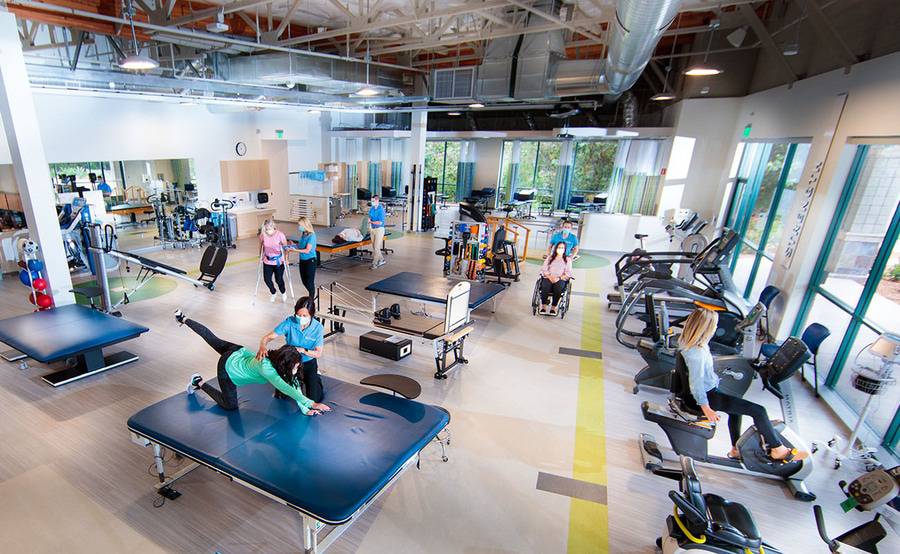Utilizing the Strength of Exercise to Reduce Chronic Pain and Improve Standard of Life
Utilizing the Strength of Exercise to Reduce Chronic Pain and Improve Standard of Life
Blog Article

Persistent pain affects numerous of people globally and can significantly reduce the quality of living. It can arise from various disorders, such as joint inflammation, fibromyalgia, or prior injuries. While drugs and therapies are frequently employed to manage pain, a expanding body of studies indicates that exercise can serve a crucial role in relieving chronic pain. Engaging in consistent physical activity can not only assist reduce pain intensity but also enhance overall well-being and capability. Understanding how exercise affects the body can empower patients to take control of their pain management.
Physical activity has several physical benefits that can help alleviate chronic pain. When people engage in exercise activities, their bodies release endorphins, which are natural pain-relievers. Additionally, exercise can improve blood circulation and fortify muscles, providing superior support for articulations. For those with issues like arthritis, low-impact workouts such as aquatic exercises or cycling can assist maintain joint flexibility without putting excessive strain on the body. Regular exercise also assists in preserving a fit weight, which can lessen the pressure on load-bearing joints and further alleviate pain.
In addition to its physical benefits, exercise has a positive impact on mental health. Chronic pain can often result to emotions of anxiety and depression, which can worsen the perception of pain. Participating in consistent physical exercise can assist combat these feelings by boosting self-esteem and improving mood. Group exercises, such as yoga or pilates, also provide communal interaction, which can improve emotional backing. This combination of physical and emotional health benefits makes exercise an crucial component of a comprehensive pain management strategy.
It is important to approach exercise with caution, especially for those managing with chronic pain. Beginning slowly is vital to prevent exacerbating symptoms. Individuals should consider consulting healthcare professionals to create a tailored exercise program that takes into account their specific issues and constraints. Exercises such as flexibility training, walking, or light yoga can be excellent starting points. Gradually increasing the effort and length of sessions can help build strength and endurance without causing undue stress on the system.
In conclusion, utilizing the benefits of exercise can substantially alleviate chronic pain and enhance standard of life. Consistent physical exercise not only helps to reduce pain through the release of endorphins and improved muscle strength but also supports mental health. By including exercise into daily routines, individuals can empower themselves in managing their pain. A careful and informed method to exercise, directed home exercise programs by healthcare experts, can lead to lasting improvements in health and overall standard of life.